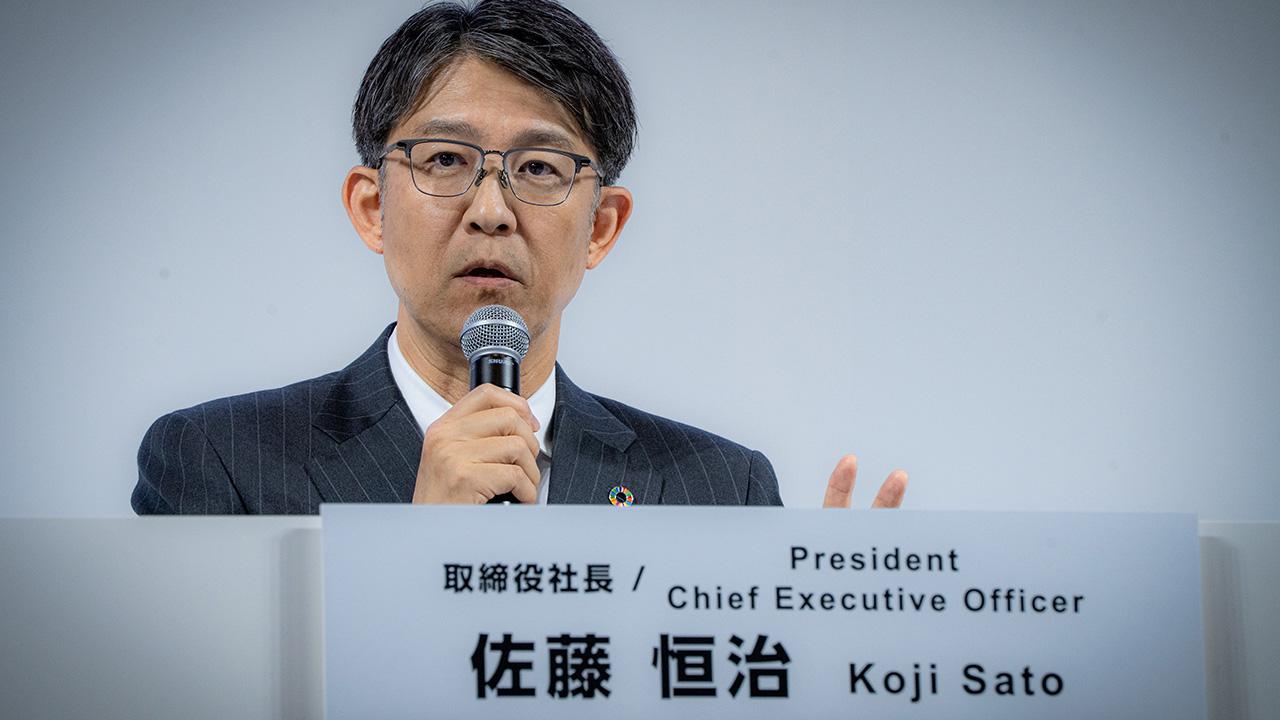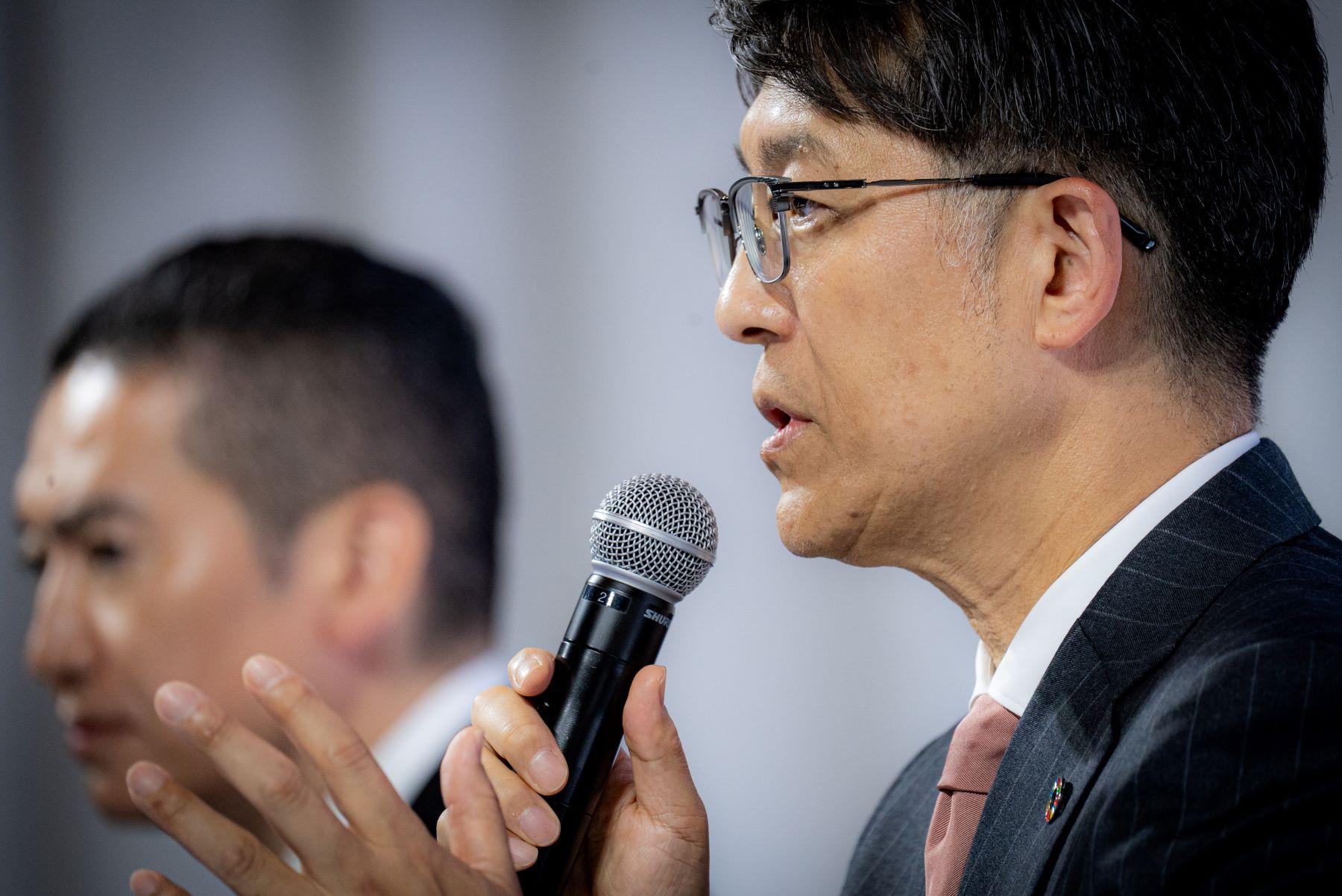
At the financial results briefing on May 8, Toyota's forecast included a 2 trillion yen investment in the future. How does the company plan to pursue sustainable growth?
President Sato’s vision for Toyota
The Q&A session ran for an hour and a half, delving into the five topics, including Toyota’s unique approach to BEVs and SDVs. Towards the end, the following question emerged:
――Upon becoming president, you spoke about “Inheritance and Evolution.” This year, you posted tremendous results, which I think reflect the increased profit margins and cost reductions inherited from President (Akio) Toyoda’s focus on TNGA and ever-better cars. Although you’ve explained various aspects of the “evolution” side, it sounds like you are trying to strike an overall balance across the board. Moving forward, what do you want to emphasize? What kind of company do you want Toyota to be?
President Sato spoke about his dedication as a carmaker and the challenges he hopes to undertake.
President Sato

When I assumed the presidency, I spoke about “Inheritance and Evolution,” and I believe we can see that in this year’s financial results. Revenues in the auto industry should not be realized in the span of a year, but built up over time.
For instance, if you look at our past performance, while weathering major environmental changes we strengthened our corporate foundations with each passing year, and that has culminated in these results.
What has remained unchanged throughout is the importance we place on the genba, and how seriously we engage with our products. I believe these factors have borne fruit.
They will continue to remain unchanged. As a carmaker, I will remain dedicated to making great cars.
We will continue to devote ourselves earnestly to the task, ensuring that people find Toyota cars safe, comfortable, and fun to drive.
Meanwhile, I believe the value offered by cars will keep expanding further and further.
The cars people own are only in use for 10% of their lifetime, or perhaps 5% in some cases.
That leaves 95% of time when they are underutilized.
I think the “evolution” needed in the years ahead is about boosting the appeal of cars by working harder to increase added value.
The vision that we have for cars does not necessarily align with the vision held by younger generations. As a carmaker, I want to take on the challenge of drawing out and giving form to the ideas that young people have about cars.
At the same time as we propose these new forms, we also have a social responsibility to minimize the negative impacts of cars.
Naturally, this includes efforts to improve road safety and eliminate fatal accidents, as well as addressing the problems of emissions and traffic congestion.
While eradicating these negative elements, we will do our utmost to change the environmental conditions, helping to firmly establish an ecosystem that spurs the adoption of renewable energies.
Despite being an automotive company, I believe that another new challenge for us is to expand our efforts into surrounding areas.
Upon taking the helm at Toyota, Koji Sato said he wanted to be “a president who keeps on making cars.” That aspect of his personality continues to shine through.

